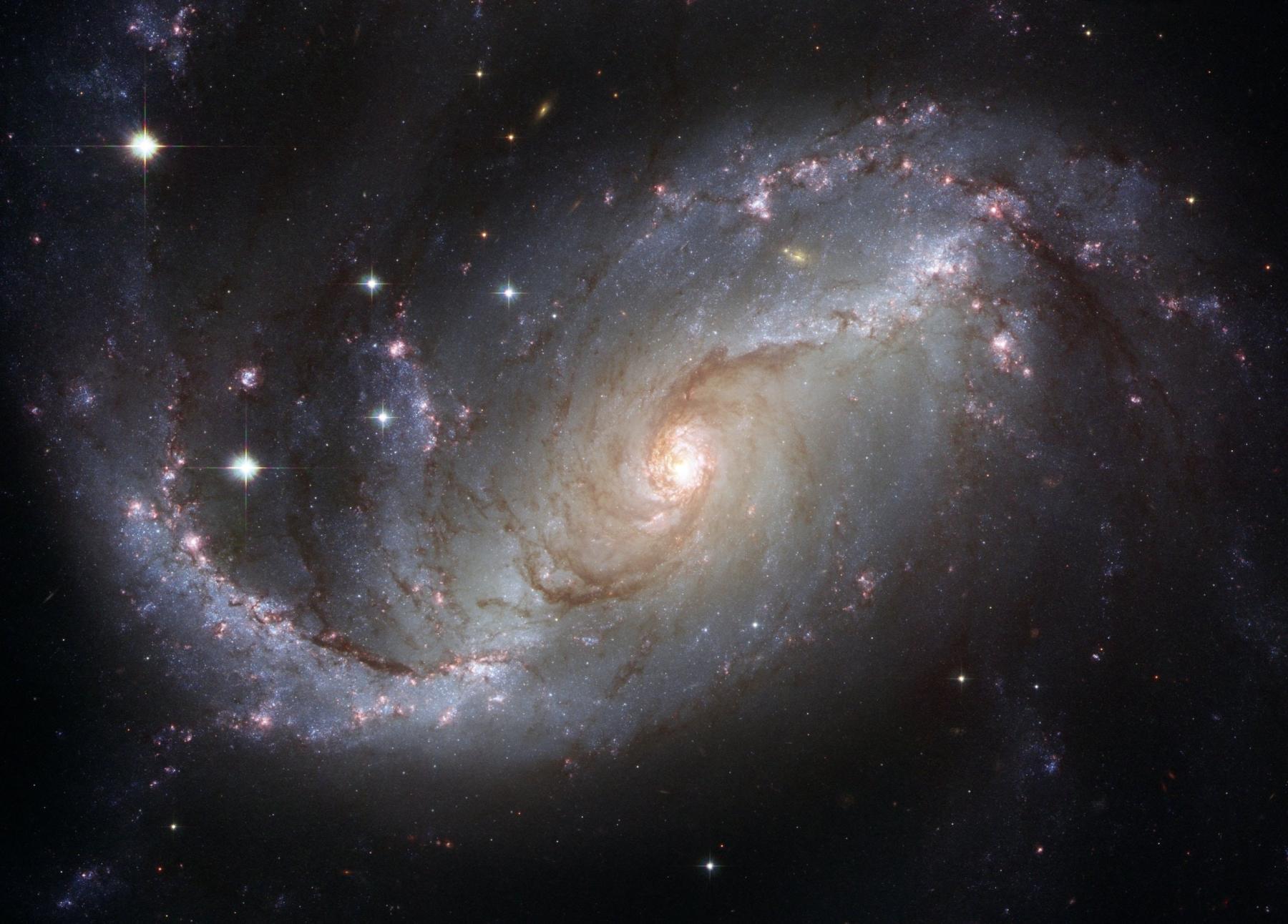
Collisions in Space
by [node:author:field_name_first] [node:author:field_name_last]
Students will predictions about what will happen when two objects collide and compare hypotheses to observations. Also, students will compare what happens when objects made of different materials collide to determine how the makeup of objects affects the impact.
Lesson Plan Link/URL
https://docs.google.com/presentation/d/1vcBpvXVT5zIVabz1o2JKidJxrhi0ab5w/edit?u…Subject Area
Science Physical Science P2: Objects at a Distance P3: Net Force P4: Energy Transfer Earth and Space Science E2: Earth & the Universe Engineering S2: Apply the Engineering Design Process
Featured
Off
Related Content

Grades:
4th Grade, 5th Grade, 6th Grade, 7th Grade, 8th Grade
This is the first lesson in a series of 4. Students gain an understanding of the forces that are acting upon a drone when it is flying. They will learn about how thrust, weight, lift and drag work

Grades:
4th Grade, 5th Grade, 6th Grade, 7th Grade, 8th Grade
In this hands-on lesson, students learn how to get their drone into the air. It covers hovering, yaw, roll, and pitch. Before the students launch their drones, there is a discussion about preparing

Grades:
6th Grade, 7th Grade
Students will learn basic concepts of physics, including velocity, motion, and vector. S tudents will develop and use a model to predict how forces act on objects at a distance. Finally students will